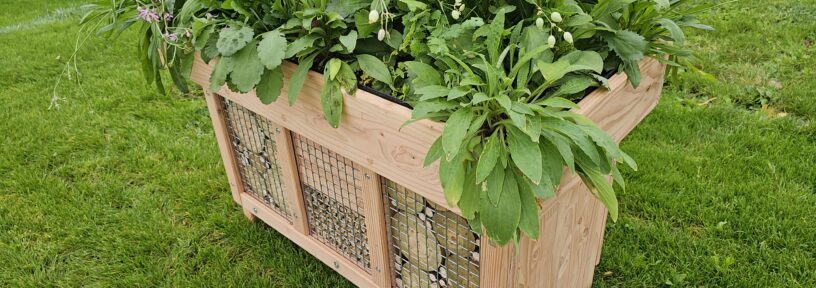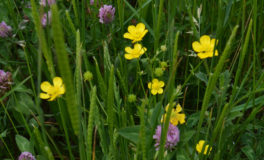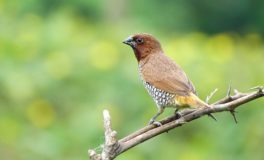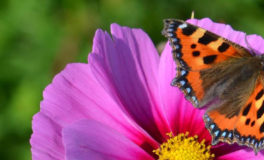In our quest for urbanization and modern living, we often overlook the importance of biodiversity and the vital roles that insects play in our ecosystems. Many insects, especially beneficial ones like bees, ladybugs, and butterflies, contribute to pollination, natural pest control, and decomposition. However, their habitats are shrinking because of us and what we do, leading to a decline in their populations. But we can take a simple step to support these tiny creatures by building bug hotels, or bughouses.
What are Bug Hotels?
They are usually small, man-made structures designed to mimic the natural habitats and nesting spots of beneficial insects. They serve as safe havens for various insect species, offering shelter, protection from predators, and a place to lay eggs. These eco-friendly accommodations help in restoring the balance of ecosystems and encourage biodiversity in our surroundings.
The Importance of Bug Hotels
-
Pollination:
Bees are essential pollinators for many plants, including agricultural crops. By providing shelter and food sources, they attract native bees and promote pollination, leading to increased crop yields and overall plant health.
-
Natural Pest Control:
Ladybugs and lacewings are voracious predators of garden pests like aphids and caterpillars. By offering them a home in a bug hotel, we can encourage these beneficial insects to thrive and keep pest populations in check, reducing the need for harmful chemical pesticides.
-
Biodiversity Conservation:
The decline of natural habitats has led to the loss of many insect species. Bug hotels create mini-reserves in our urban spaces, allowing these insects to survive and reproduce, supporting local biodiversity.
-
Educational Tool:
Bug hotels can be a fantastic educational tool for children and adults alike. By observing the different insects that visit these structures, people can learn about their importance in the ecosystem and develop a deeper appreciation for the natural world.
Bug hotels should be in a sunny spot, preferably close to natural elements like flowers, trees, or a small water source, as insects will be attracted to these features. They can be made from a wide range of materials, providing different textures and nesting opportunities for various insects but some common materials can include logs and bark, bamboo stems, pinecones, straw, twigs and dry leaves.
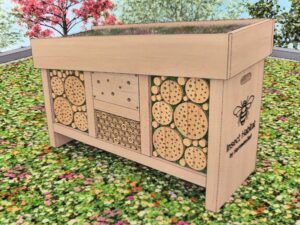 |
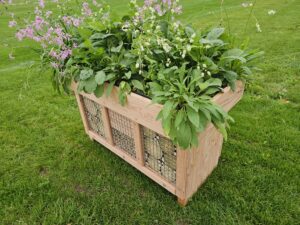 |
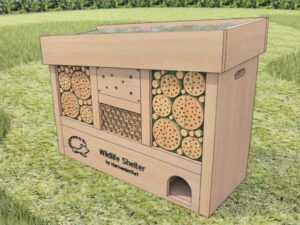 |
 |
 |
   |
Deadwood is an excellent habitat for beetles and other insects. Try and add a small water source near the bug hotel, like a shallow dish filled with water and pebbles. This will attract insects looking for water and contribute to the overall appeal of the bug hotel. Once your bug hotel is set up, be patient and observant. It may take some time for insects to discover and inhabit the structure. Regularly check and maintain the bug hotel, ensuring that it remains sound and clean.
Bug hotels are more than just charming garden decorations; they are powerful tools for conserving biodiversity and promoting sustainable practices. By building these miniature insect sanctuaries, we can contribute to the well-being of beneficial insects and create a balanced ecosystem in our urban spaces. We have a couple of Insect Habitats right here on Turfonline.
